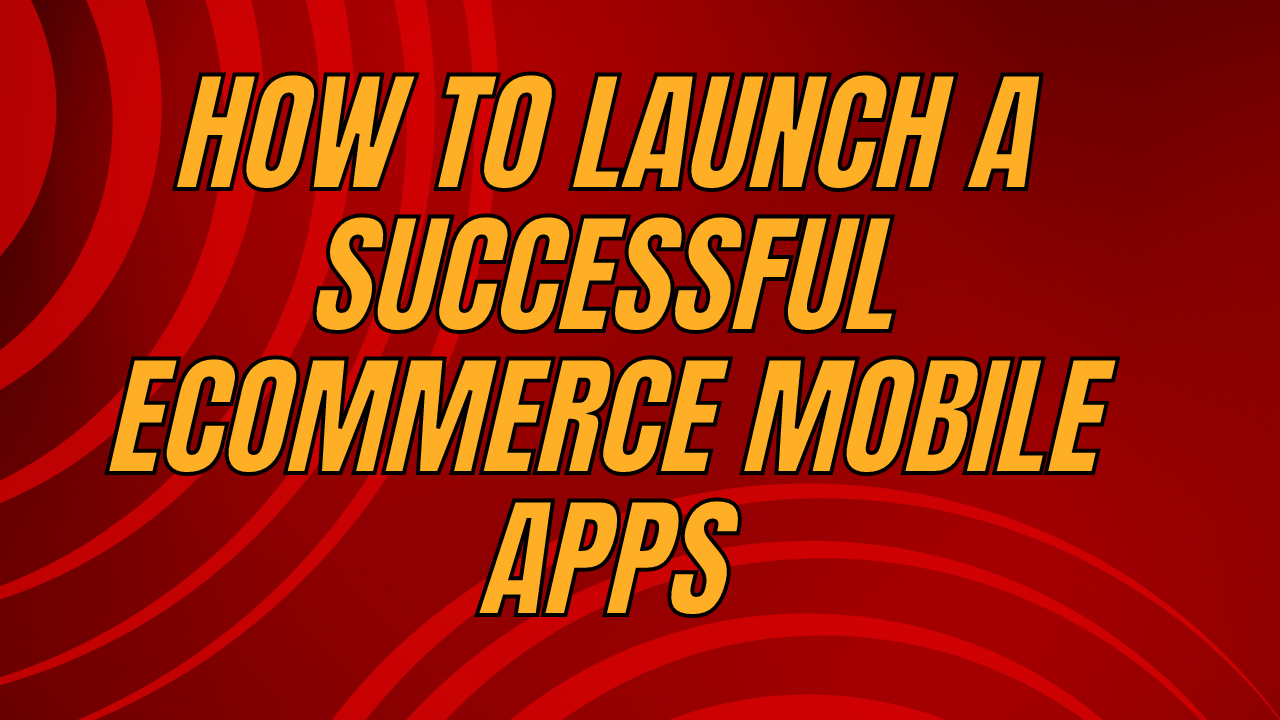Before embarking on the development of an eCommerce mobile app, make sure that you fully comprehend your market and customer requirements. Research should encompass competitor analysis, user surveys and any other methods backed up with data-driven approaches.
As soon as you know this information, determine the kind of user experience you wish to provide them and use this knowledge to inform both development and marketing strategies.
Market research
Market research is essential in creating any successful app. It involves studying user behaviors and trends to make informed decisions about app features that will keep your customers satisfied with a tailored solution. Furthermore, market research allows you to observe competitors’ strategies so you can optimize your own.
Understanding your target audience’s needs will allow you to prioritise feature requirements more effectively. For instance, if your goal is to increase customer loyalty, consider including features that facilitate easy reordering and personalized push notifications. It is also crucial that the type of mobile app that you create matches up with its features – native apps tend to perform better than hybrid ones and give full advantage of all device capabilities.
Maintaining industry trends and integrating new technologies into your app are also vital to its success, and will enhance performance and user experience, making your app an indispensable resource for customers. One effective strategy for doing so would be closely monitoring competitors while adopting modern market research strategies.
User-friendly design
Mobile ecommerce apps can be an invaluable asset to businesses looking to connect with customers – but only if they’re user-friendly. Achieve this requires an exhaustive design process including testing and analysis; an effective app design will result in higher download numbers and revenue generation.
Many ecommerce apps present users with too many choices, which can lead them to feel confused or overwhelmed and give up altogether. A top app development company will focus on designing an interface with an accessible structure for ease of use and decision making.
One essential feature is support for multiple payment methods. Sephora allows its customers to sign in using Google, Facebook or SAML Mobile accounts – this makes shopping convenient without needing to enter credit card details every time – while adding this feature will guarantee all the data entered is secured – providing your customers with a hassle-free shopping experience and building their trust in your brand. It would also be wise to implement Augmented Reality technology into your eCommerce mobile app as it has quickly become a trending feature.
Secure payments
Implementing secure payments is crucial when selling both physical and digital products, both to increase cart abandonment rates and foster user trust. Your app should offer multiple payment methods with secure encryption to protect customer privacy – this can reduce cart abandonment rates while building user confidence.
An effective mobile app should also allow customers to share their experiences with your product or service, providing invaluable feedback that could improve its offering and build brand recognition. Allowing customers to add products directly to their wishlist can increase conversions while building loyalty among users.
After you launch an ecommerce mobile application, it’s crucial that it receives regular updates to remain competitive and relevant in an ever-evolving mobile technology landscape. Updates also help fix bugs and optimize performance while responding quickly to customer feedback for customer retention and satisfaction. Unique features may set apart your app from competitors; such as AR dressing rooms/item previews; advanced recommendation engines using machine learning; or location-based marketing.
Efficient navigation
As mobile ecommerce can be extremely competitive, it is essential that you create a user experience that meets and surpasses customer expectations. Doing this will build customer trust in your app, leading to higher conversions and revenue. The first step should be identifying your target audience’s needs and preferences – this will streamline development efforts as well as marketing initiatives. If your app targets business-to-business (B2B) customers specifically, design it around their specific requirements; otherwise if selling products that already exist on competitor apps is your aim; make the product offering clear and concise.
Customers will appreciate features that provide convenience and speed, such as saving items for later or offering wishlists to easily add items to the cart. Furthermore, creating intuitive menus and categorization schemes will improve navigation experience while user feedback and UX trends should also help optimize your ecommerce mobile app regularly.
Personalized experiences
Personalizing experiences is an effective way to build long-term customer loyalty by creating relevant and targeted content, product recommendations and offers that resonate with users. Leveraging customer data like purchase history, browsing behavior and demographics to customize mobile app experiences further. Furthermore, personalized apps also facilitate faster purchasing processes by pre-filling user details and offering their preferred payment methods so as to reduce the steps required for transactions.
Add distinctive features that set your app apart from its competition is also vital. This could include AR dressing rooms or item previews, advanced recommendation engines based on machine learning technology and location-based marketing using GPS technology. But make sure that these unique solutions add something useful rather than being added simply for novelty’s sake or attention seeking purposes.
Once your ecommerce mobile app has been released, it is vitally important to continuously enhance and refine the user experience in order to keep users satisfied and ensure it remains competitive in the marketplace. You should also regularly test it across a range of devices and operating systems to ensure compatibility.











